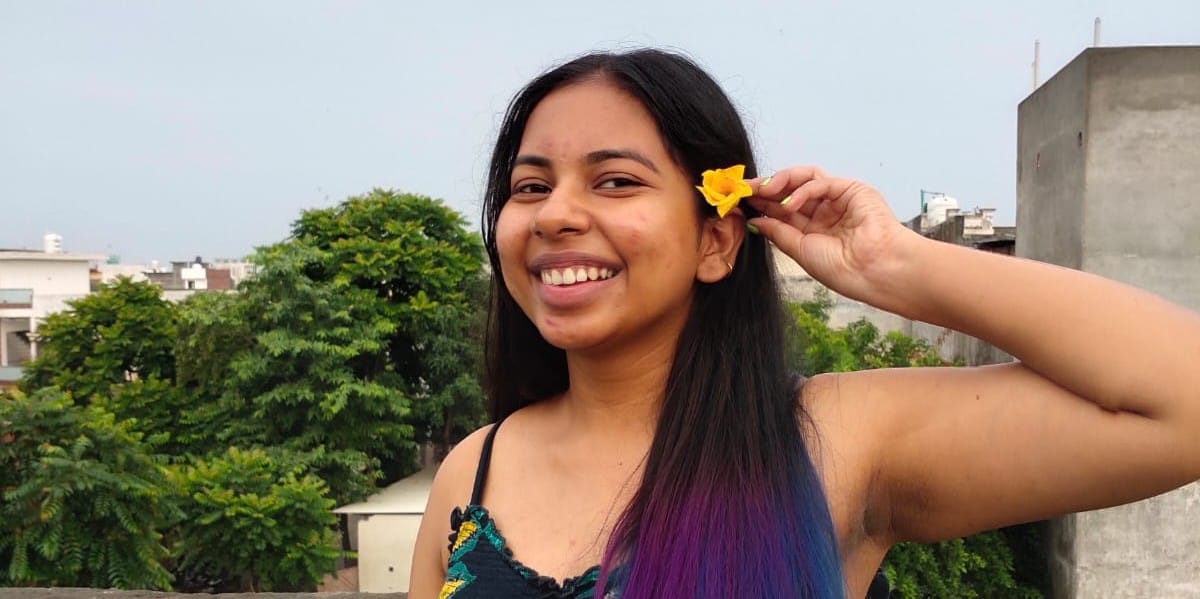Where Love Takes Root: Attachment Styles and Relationships

Explore how attachment styles—secure, anxious, and avoidant—shape our relationships. This insightful piece delves into the evolutionary origins of human connection and how childhood experiences create the blueprint for how we love and bond as adults.
The yearning for love and connection, a fundamental human desire, is woven into the very fabric of our being. This yearning manifests in diverse ways, leading to three primary attachment styles: secure, anxious, and avoidant. Each style reflects different patterns of relating, shaped by early experiences.
The Primal Pull: Evolution's Blueprint for Connection

Where does this deep-seated need originate? To understand this, we must journey back to our evolutionary roots. Survival, in its most primal form, dictated the course of our ancestors' lives. Those who formed strong bonds were more likely to survive, banding together to fend off predators, gather resources, and provide mutual protection. These deep bonds weren't just heartwarming; they were life-sustaining, ensuring the transmission of genes that favored connection. Those who ventured alone often met with untimely ends, their genetic legacy lost to the harsh realities of the wild.
The Human Mosaic: Why We Love Differently
Yet, if attachment was so crucial, why aren't we all uniformly secure? The answer lies in the beautiful complexity of heterogeneity. Just as a garden thrives with diverse plants, each possessing unique traits that enhance their survival, humanity also benefits from varied psychological attributes. Imagine our plant friends: some with hardy stems for weathering storms, others with delicate blossoms for attracting connection, each adaptation serving a purpose. This diversity, like a well-stocked toolbox, equips us to handle life's myriad challenges. Just as physical traits vary, so do psychological ones, influencing how we form and navigate relationships.
The Blueprint Of Belonging: How our Childhood Forms our Attachment
Our early environments shape our attachment styles. A secure attachment, like a well-tended garden, flourishes in environments of safety and consistency. Here, trust blossoms, and individuals learn to rely on others and be relied upon in return. But what about less nurturing environments? In times of danger, whether physical or emotional, different adaptations emerge.
Imagine a harsh, unpredictable environment, akin to a desert garden. Here, emotional resources are scarce, and relying on others becomes risky. The avoidant attachment style, like a desert plant adapting to minimal water, arises from this scarcity. Individuals learn to prioritize independence, minimizing their emotional needs and suppressing vulnerability. They become self-sufficient, preferring emotional distance to the potential pain of unmet needs.
Conversely, a turbulent environment, where care is inconsistent and unpredictable, can foster an anxious attachment style, akin to an overwatered garden. Imagine a child whose cries for comfort are sometimes met with warmth and other times with indifference. This unpredictability breeds anxiety and a constant fear of abandonment. These individuals crave reassurance, seeking constant validation to quell their fears, often becoming clingy and demanding in their pursuit of connection.
Now, imagine a garden where the gardener is both the source of nourishment and the source of danger. This chaotic and frightening environment, like a garden constantly being battered by unpredictable storms and earthquakes, can lead to a disorganized attachment style. Like a plant whose roots are constantly being torn and replanted, these individuals experience a bewildering mix of fear and longing. They approach relationships with confusion, oscillating between seeking closeness and pushing it away, their behaviour as unpredictable as the environment that shaped them.
The Language of Love: Attachment in Adult Relationships
These attachment styles, forged in childhood, profoundly influence our adult relationships. A person with an anxious attachment style, fearing abandonment, might interpret a partner's evening out with a friend as a sign of impending rejection. They might incessantly text, seek constant reassurance, and overanalyze every interaction, driven by a deep-seated fear of being left alone. "Do you still love me?" they might ask, their voice laced with anxiety, echoing the uncertainty of their early experiences.
An avoidant partner, on the other hand, would likely maintain their distance, respecting their partner's independence. They might offer a casual, "Have a good time," but avoid delving into emotional territory. Upon their partner's return, they would remain emotionally detached, projecting an image of self-sufficiency. "How was your dinner?" they might ask, their tone neutral, their expression unchanged, mirroring their preference for emotional distance.
In contrast, a securely attached individual, like a thriving garden, approaches relationships with trust and confidence. They might send a simple, "Have fun!" text, trusting their partner's intentions. Upon their return, they would share a warm welcome, genuinely interested in their partner's evening, demonstrating a healthy balance of connection and independence. They are comfortable expressing their own needs while respecting their partner's autonomy. If a minor conflict arises, they address it directly and constructively, believing in the relationship's resilience and their ability to navigate challenges together. This secure foundation allows them to be both vulnerable and strong within the partnership.
Rewriting Your Story: Healing and Secure Attachment
Understanding your attachment style can be a transformative journey. It's about recognizing the patterns that shape your relationships, acknowledging the roots of your behaviours, and cultivating healthier connections. Remember, like a garden that can be nurtured and transformed, our attachment styles are not fixed. With awareness and effort, we can cultivate secure, fulfilling relationships.
If you're curious about your attachment style, or if you're seeking to enhance your relationships, please reach out. We're here to support you on your path to deeper connection.
References
- Levine, A., & Heller, R. (2010). Attached: The new science of adult attachment and how it can help you find---and keep---love.
- How attachment styles influence romantic relationships. (2022, February 9). Columbia University Department of Psychiatry.
About Ashly Abraham

Ashly Abraham
Ashly is a psychologist who helps her clients build the meaningful relationships they deserve. With her Master's in Clinical Psychology and specialized couples training, she provides the tools and support to navigate challenges, deepen connections, and create a love that thrives.
Related Articles
 Naman Jain
Naman JainMindfulness: A Gentle Anchor in Our Chaotic Lives
Mindfulness is the practice of paying attention to the present moment—without judgment. It’s not a cure-all, but a gentle way to contain emotions and stay grounded amidst life’s chaos.
 Shree Goel
Shree GoelThe Experience You Took Home
We go through life like we walk through a path of rocks. Each rock has its own shape, size, colour, texture and weight - just like no two people experience life in the same way.
 Ashly Abraham
Ashly AbrahamThe Four Horsemen: Are They Sabotaging Your Relationship?
Discover Dr. John Gottman's Four Horsemen - criticism, contempt, defensiveness, and stonewalling - and learn how these destructive communication patterns might be undermining your relationship.
